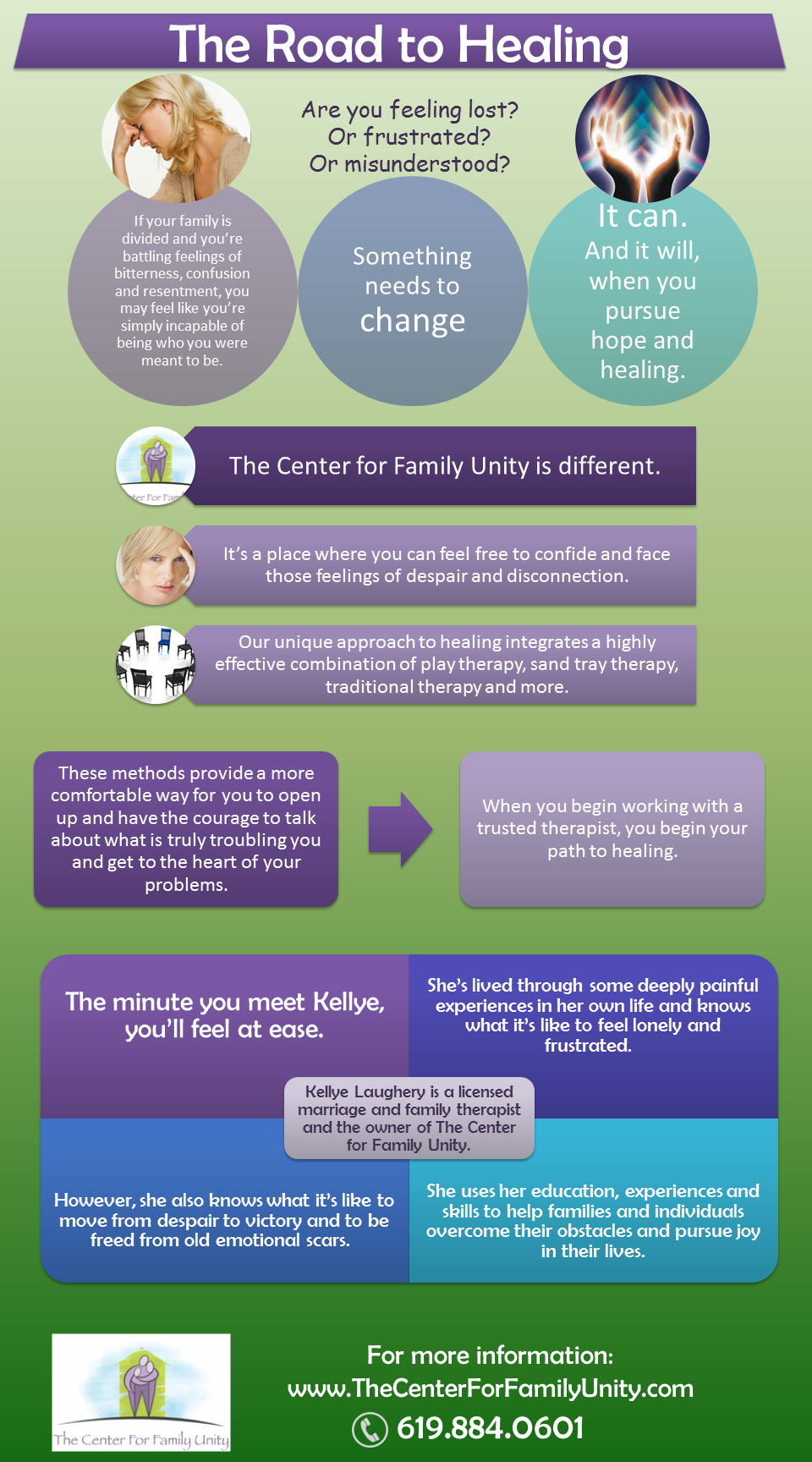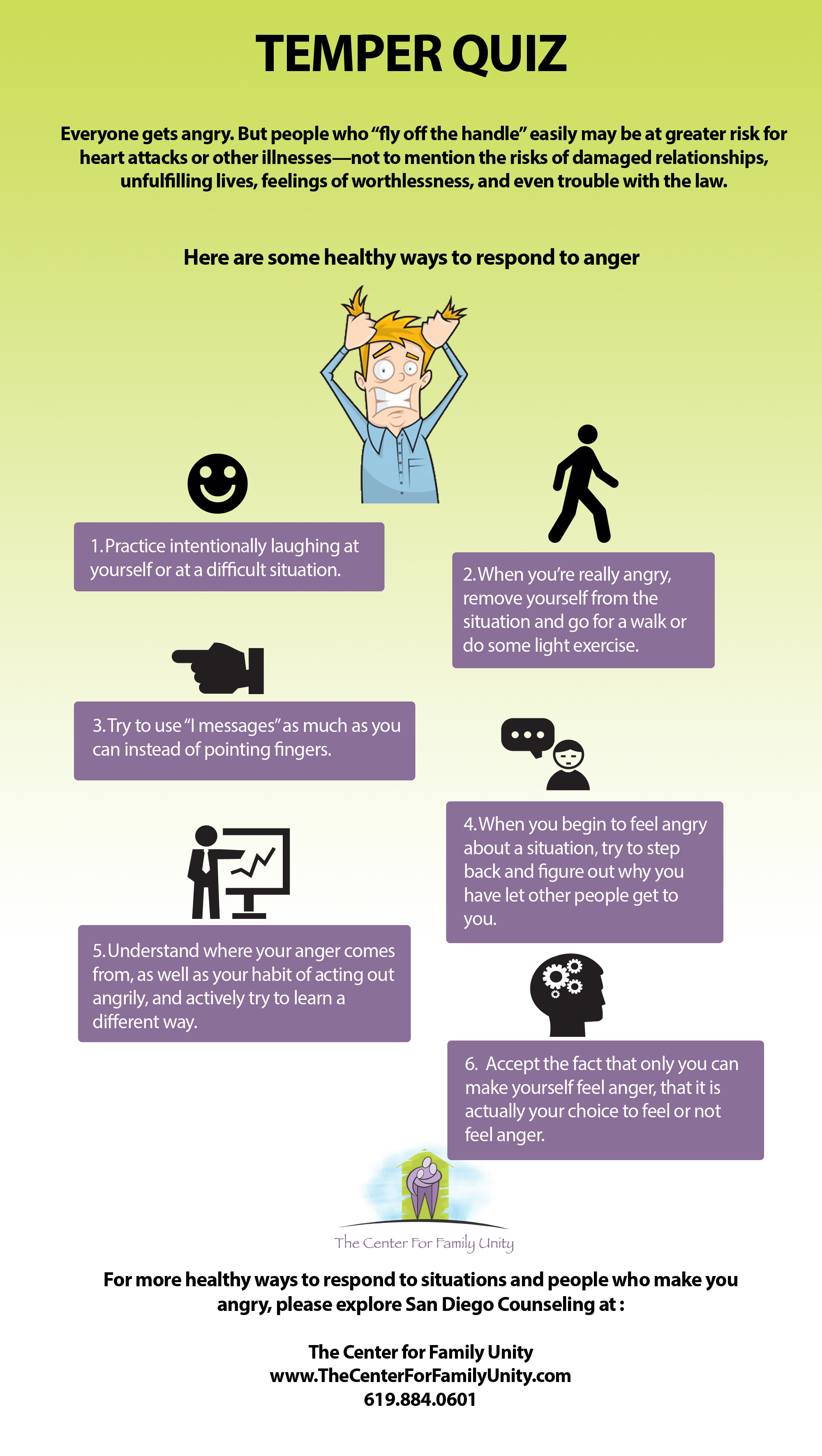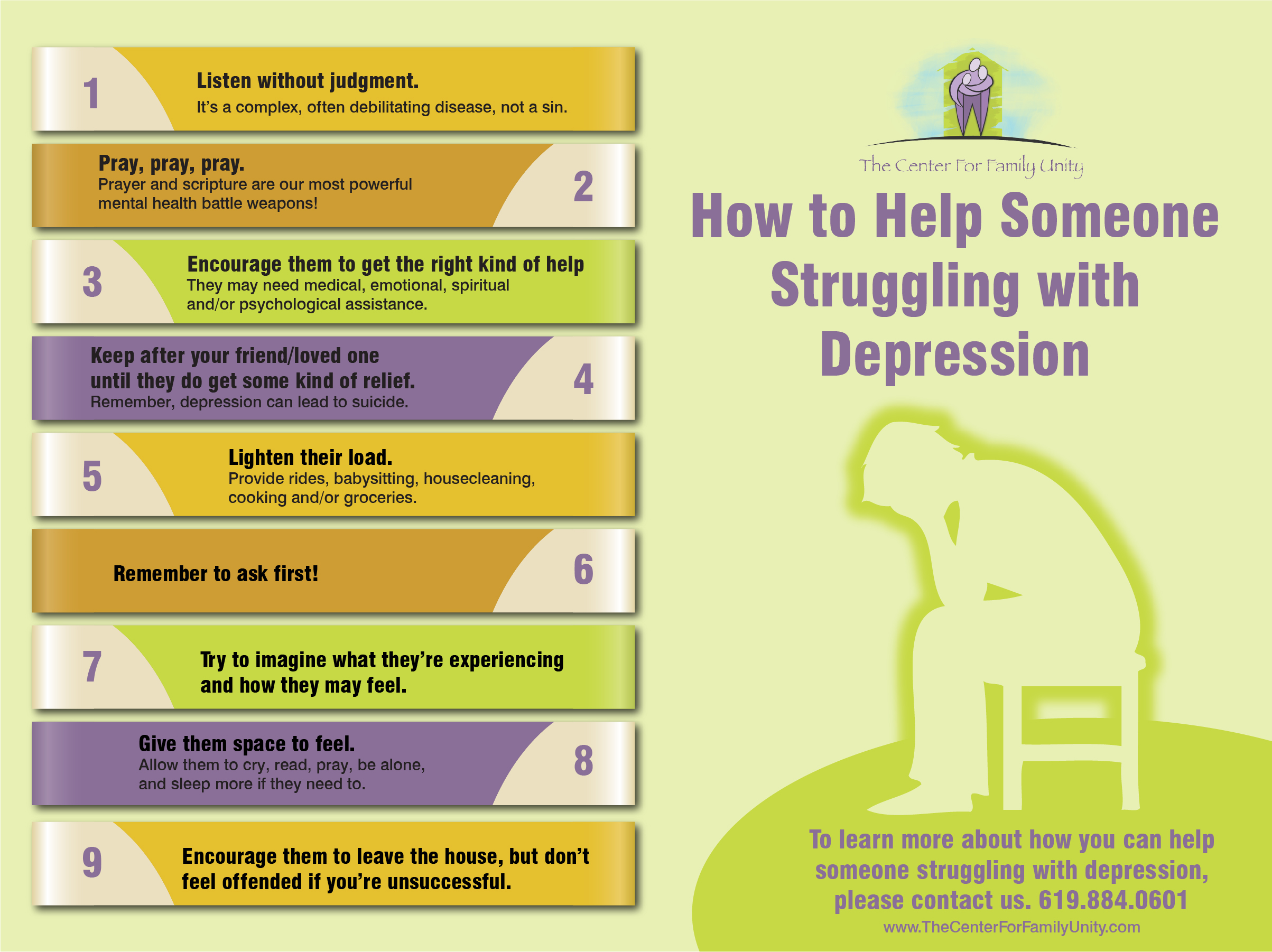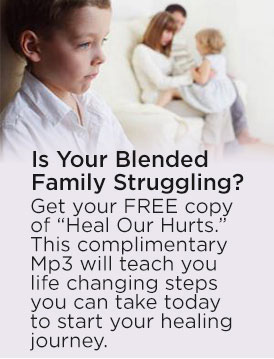Christian Counseling in San Diego
What is this Teen Thing Called Cutting?
Some young people today live in a world that goes “over the edge.” The “edge” of pain doesn’t stop them in their pursuit of eliminating boredom and creating excitement. Piercing, branding, cutting, tattoos, cosmetic surgery, reality shows, and expressive and permissive movies are now a part of the culture.
Some say that kids are more “daring” and “extreme.” I say they’re numb and dissatisfied…and pain is a way for some to remind themselves that they’re still alive. In fact, these very words are spoken by many “cutters” themselves.
Sadly, finding a kid who “cuts” (a form of self-harm) is pretty common today. A topic that 20 years ago was unheard of on the radio or in Christian social circles, is the focus of many discussions among parents and teens.
I used to think that cutting was always a symptom of a greater problem like mental illness, sexual abuse, or other crazy behaviors that sometimes fall into that category of “different.” The kind that could only be understood with an explanation of psychiatric jargon.
While some cutting behaviors can be symptomatic of psychiatric or mental illness (e.g. borderline personality disorders, bi-polar or manic depressiveness, and anxiety disorders), not all are.
Not just “crazy people do crazy things.” Kids that cut themselves come from all walks of life, all backgrounds, and from every type of family you can think of. What was once confined to mental hospitals has become a new way for teens to cope.
What is Cutting?
Simply put, it’s a self-inflicted cut or series of cuts. The actual behavior is just the symptom of something else going on in your child’s life. The fact that they “chose” cutting as the behavior to get somewhere else is because it is “available,” “acceptable” (in their world), and it is “achievable.”
All behavior is goal-oriented. Your child’s goal with cutting is to cope with whatever is causing stress in his or her life. Cutting is chosen because it’s frequently discussed at school, on the internet and other places kids hang out. Cutting distracts a teen from whatever causes the negative feelings she’s had, and give her a temporary sense of relief.
Now, you and I probably do a similar “dance,” we just dance to some different music. We go run for an hour. We work out. We go to a movie. We do whatever we do in hopes of feeling something different for a short period of time. Young people are no different. They find cutting takes their minds off of their cares.
Cutting is a serious issue that can lead to a lifetime of shame and despair. Don’t ignore a child that is going to such lengths to find relief. In my observation, most that “cut” or “scratch” have expended or tried other ways of negative coping with particular issues and are willing to do just about anything short of suicide to get through whatever they’re dealing with.
If you or someone you love is cutting, call the Center for Family Unity today to get the help you need and deserve. 619-884-0601.
How to Control your Anger – Christian Counseling
Finding an Antidote to the Poison of Shame
Every time Grace—a gifted drama teacher—taught a class, she returned home with an awful sinking feeling. She didn’t understand why. “I had such fun and did a great job,” she thought to herself. Yet, rather than expand from the delight and exuberance of her time in the classroom, she contracted.
Grace’s contraction comes from the experience of shame, a poison that keeps us from experiencing our own joy and disconnects us from the aliveness within and around us. Whereas guilt is associated with a particular memory or event and having done something wrong, the feeling of shame is about being wrong at our core. It is a debilitating feeling we have about ourselves that comes from a core belief that we are basically and unalterably flawed.
Sources of Shame
The poison that is the root of shame is absorbed in early childhood. As a result of not being seen and loved for who we are, we develop the belief that we are unlovable and that something is inherently wrong with us. Perhaps we were told outright that we were bad, stupid or undeserving, or perhaps we were physically abused, from which we concluded we had no value. The thing we may have done “wrong” might have been simply expressing our joyful authenticity. Like Grace, we learned that again, being who we truly are is not safe.
Purpose of Shame
Oddly enough, shame gives us the illusion of safety. It provides us with a feeling of control over other people’s feelings and actions. If we are not getting what we want in life—in our personal relationships, in our work, even in our experience of self—a sense of power comes from “knowing” that it is because we are inadequate. If our defectiveness is causing the results we see, we believe there is always something we can do about it. We can do things “right.”
Clinging to the belief that our inadequacy is the cause of other people’s behavior towards us prevents us from accepting our inherent helplessness over others’ feelings and actions. When we begin to understand that all people at all times are simply exercising their free will and it has nothing to do with us, healing can begin.
The Antidote
The poison of shame can be eradicated by taking certain steps towards healing:
- The first step is to identify your shame, to become aware of how it feels in the body.
- Once you recognize the feeling, notice shame every time it arises and experience it fully; name it and feel it.
- Be willing to express your authentic feelings—including your joy and sense of true power. Reverse the shutting down effect shame causes by giving yourself permission to fully “show up.”
- Accept that other people’s feelings have nothing to do with you. With compassion, choose to no longer take their behavior personally.
- Practice forgiveness—for those whose behavior led to your feeling shamed, and for yourself.
Please don’t hesitate to call The Center for Family Unity at 619-884-0601, if you’d like help releasing the false belief that you are defective, in order to affirm the unique and marvelous individual that you are.











